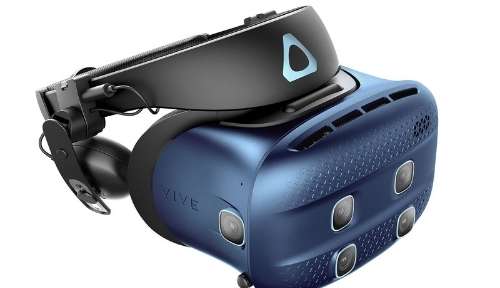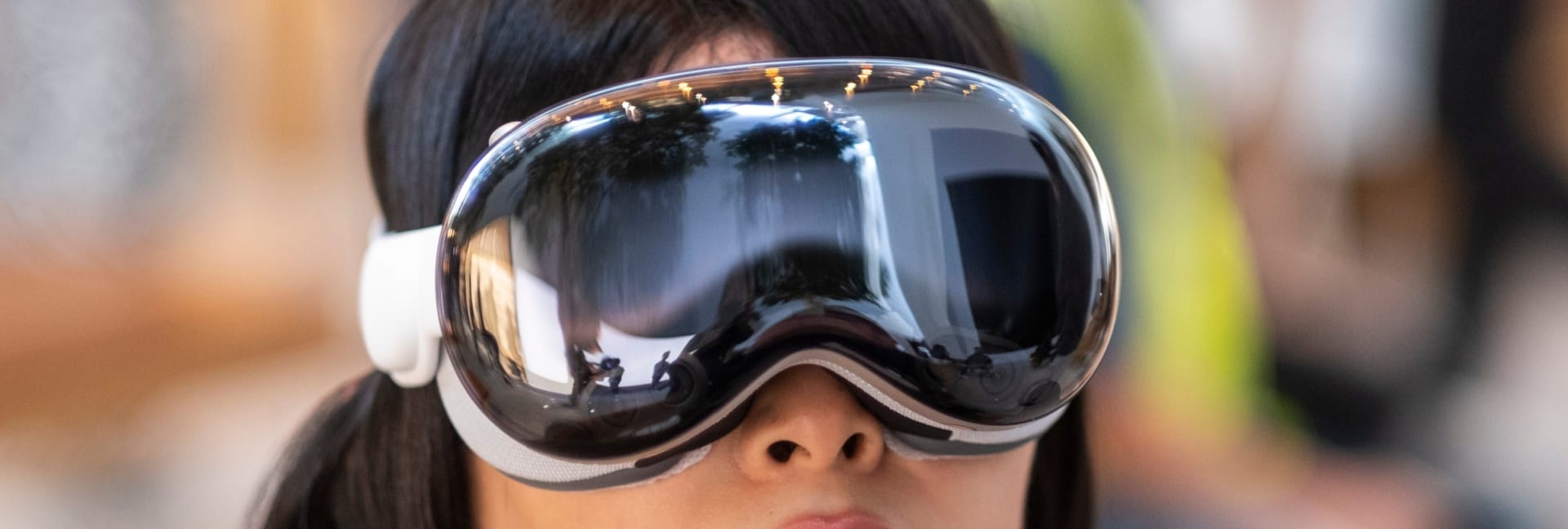This refers to the use of virtual reality in museum and historical settings, e.g. visitor centres. These settings employ interaction as a means of communicating information to the general public in new and exciting ways.
There has been a move away from the traditional type of experience associated with museums, galleries and visitor centres. The old model was that of passive engagement in which people viewed the exhibit/s but did not get involved to an experience in which interaction is the main feature.
Interactive displays form a large part of many exhibitions and particularly appeal to children. Children are often difficult to attract to a museum or gallery as they tend to see this as a boring experience. But the use of interactive technologies such as virtual reality has changed that perception and opened up these spaces to a new audience.
Virtual reality heritage sites
Examples of virtual heritage sites include:
- Monuments
- Stonehenge
- Sculptures
- Caves
- Historical buildings
- Archaeological digs
- Old towns and villages
Virtual reality has been used to construct virtual walkthroughs of these sites which enhances the visitor’s experience.
Plus this is a useful way of challenging attitudes towards heritage sites such as museums and to encourage more people to visit and take part.







